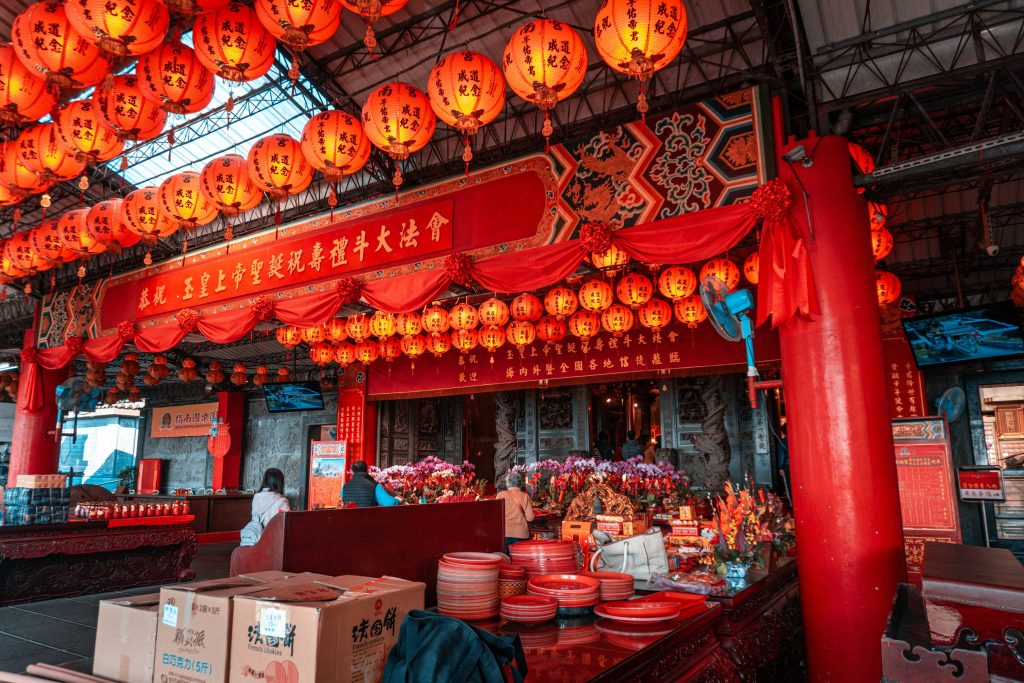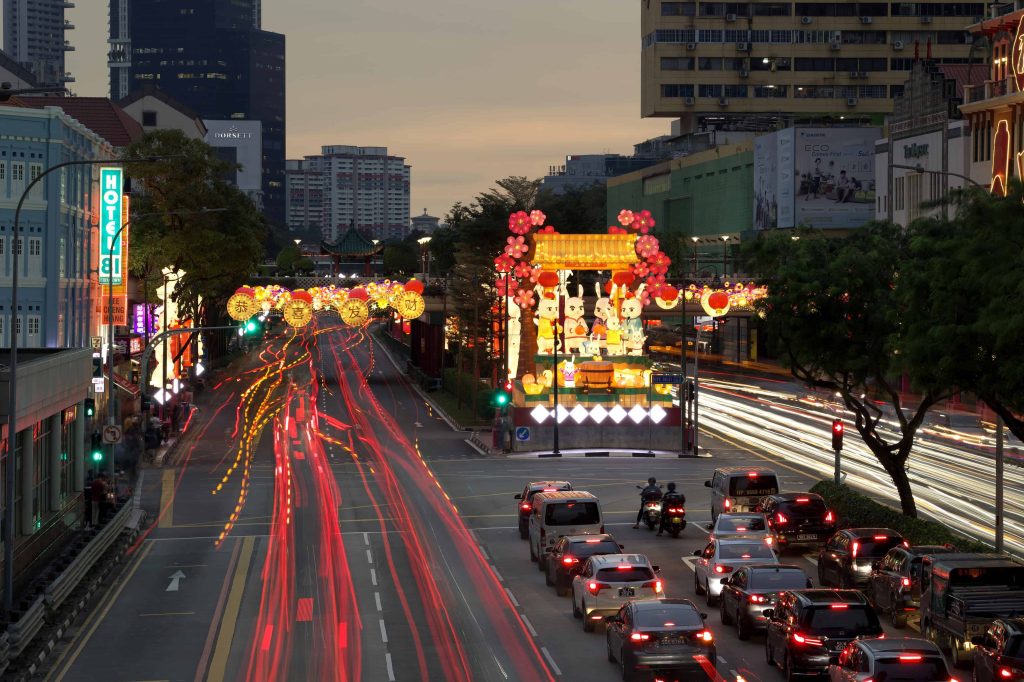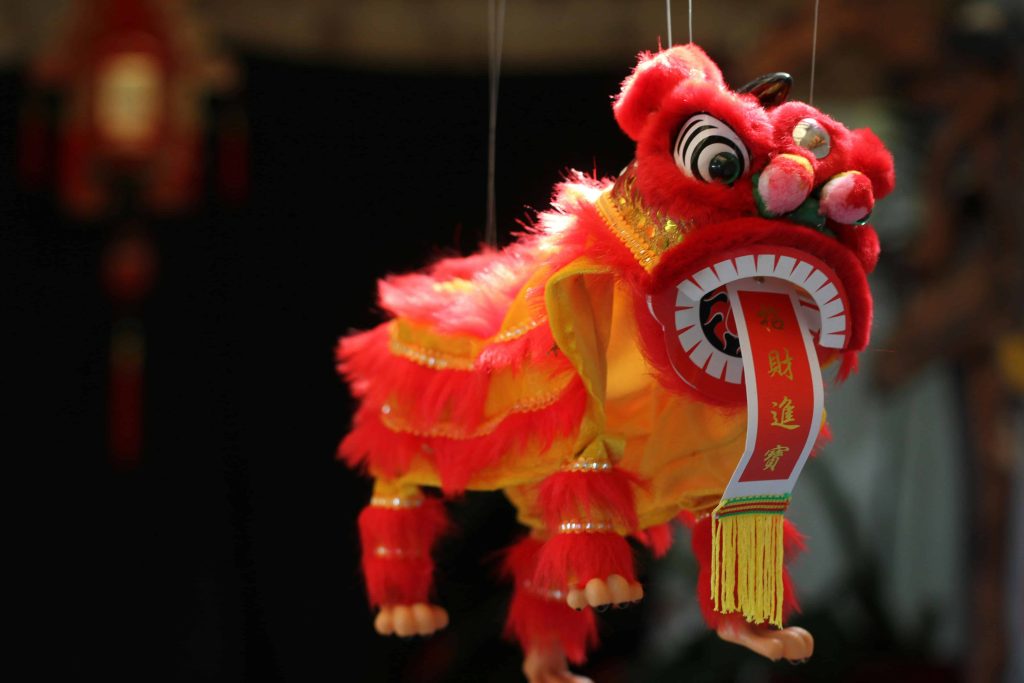Bring Prosperity with These Chinese New Year Decorations in 2025
Chinese New Year Decorations: Colors, Symbols, and Festive Vibes
Chinese New Year, also known as the Lunar New Year or Spring Festival, is the most celebrated holiday in Chinese culture. This centuries-old tradition marks the start of the lunar calendar, symbolizing renewal, prosperity, and the reunion of family and friends. As part of the celebration, decorations play a pivotal role in creating a festive atmosphere and reflecting the deep cultural and symbolic significance of the holiday. From vibrant red lanterns to intricate paper cuttings, these adornments transform spaces into expressions of joy and hope.
Core Elements of Chinese New Year Decorations
Red: The Color of Luck and Prosperity
Red is a quintessential color during Chinese New Year, deeply rooted in cultural traditions and folklore. In Chinese belief, red is associated with fire, energy, and life. It is considered a powerful color that wards off evil spirits and misfortune while attracting happiness and prosperity.
Examples of Red Decorations:
- Red Lanterns: Hung at home entrances, along streets, and in public spaces, red lanterns are more than decorative items; they symbolize light, guidance, and the dispelling of darkness.
- Spring Festival Couplets: Written on red paper and adorned with golden characters, these poetic expressions convey blessings and aspirations for the new year.
- Paper Cuttings: These intricate designs, often featuring red as the primary color, combine artistry and symbolism, such as fish for abundance or dragons for strength.
- Red Envelopes (Hongbao): While primarily gifts of money for children and unmarried adults, these envelopes are themselves a decorative symbol of good luck and best wishes.
Lanterns: Lighting the Path to Hope
Chinese lanterns are an iconic symbol of the New Year celebration, embodying wishes for a brighter future. The history of lanterns dates back over 2,000 years, and they have evolved into various shapes and styles:
- Round Lanterns: Represent unity and completeness, ideal for family gatherings.
- Animal-Shaped Lanterns: Reflect the zodiac animal of the year, adding a personalized touch.
- Large Ornamental Lanterns: Often displayed in parks and cultural centers during the Lantern Festival, these serve as stunning works of art.
Lanterns are typically crafted from paper or silk and feature vibrant patterns, golden inscriptions, and auspicious symbols. Whether displayed indoors or outdoors, they contribute to the joyful ambiance of the festival.
Couplets: Poetry of Prosperity
Spring couplets are integral to New Year decorations, serving as poetic blessings that welcome good fortune and happiness. These couplets are traditionally handwritten or printed in pairs and placed symmetrically on door frames or walls.
Key Themes in Couplets:
- Wealth and Prosperity: Wishes for financial success and abundance.
- Longevity and Health: Blessings for a long and healthy life.
- Family Harmony: Expressions of unity, love, and togetherness.
The creation and placement of couplets involve careful consideration, as they reflect the hopes and dreams of the household for the year ahead.
Paper Cuttings: Artful Expressions of Joy
Paper cutting is a traditional craft that showcases Chinese artistry and symbolism. These delicate designs are typically made by folding paper and cutting intricate patterns, which are then pasted on windows, walls, or doors.
Popular Motifs and Their Meanings:
- Fish: Representing surplus and abundance.
- Plum Blossoms: Signifying resilience and hope.
- Dragons and Phoenixes: Symbolizing power, strength, and harmony.
Paper cuttings often highlight the zodiac animal of the year and convey themes of luck and prosperity.
Other Common Decorations
Fu Characters: Inviting Fortune Home
The “Fu” character, meaning “good fortune” or “blessings,” is one of the most widely used symbols during Chinese New Year. It is often displayed prominently on doors, windows, or walls.
Special Displays of Fu:
- Inverted Fu: A play on words in Chinese suggests that “inverted Fu” sounds like “Fu has arrived,” symbolizing the arrival of blessings.
- Golden Fu: Often printed in gold on red paper for enhanced visual appeal and symbolism of wealth.
Flowers and Plants: Symbols of Renewal
Flowers and plants are essential for decorating homes during Chinese New Year, as they symbolize growth, vitality, and renewal.
Popular Flowers and Their Symbolism:
- Plum Blossoms: Represent resilience and hope, as they bloom in winter.
- Peach Blossoms: Associated with love and romance, often displayed by those seeking relationships.
- Orchids: Symbolize elegance, fertility, and nobility.
Plants and Their Meanings:
- Kumquat Trees: Represent wealth and prosperity due to their golden-colored fruits.
- Lucky Bamboo: A symbol of strength and flexibility, bringing harmony to households.
These natural elements not only add beauty to the décor but also enhance the spiritual energy of the space.
Creating a Festive Atmosphere
Decorating for Chinese New Year is a family-centered activity that fosters connection and joy. Here are some tips to enhance the celebratory ambiance:
- Coordinate Colors: Use a red and gold color palette to convey auspiciousness and festivity.
- Highlight Entry Points: Adorn doors and windows with couplets, paper cuttings, and “Fu” characters to welcome blessings.
- Incorporate Lighting: Use lanterns and string lights to create a warm, inviting glow.
- Personalize Decorations: Incorporate the zodiac animal of the year to add relevance and meaning.
Family members, especially children, can participate by helping with tasks like crafting paper cuttings or arranging flowers, making the process both meaningful and fun.
Conclusion
Chinese New Year decorations are more than visual enhancements; they are deeply rooted in cultural values and traditions. Each element, from red lanterns to symbolic plants, carries a unique meaning that embodies the spirit of the festival—joy, prosperity, and renewal. By embracing these decorations, families not only honor their heritage but also create an environment of hope and togetherness for the year ahead.
Key Takeaways
- Symbolism of Red: Red, the primary color for Chinese New Year, symbolizes luck, prosperity, and protection from evil. Decorations like red lanterns, spring couplets, and paper cuttings embody these qualities.
- Lanterns and Couplets: Lanterns, representing light and unity, are integral to the festival, with different styles reflecting themes of hope and family. Spring couplets are poetic expressions of good fortune, wealth, health, and harmony.
- Paper Cuttings: These intricate designs symbolize abundance, strength, and resilience, often featuring motifs like fish, plum blossoms, and the zodiac animal of the year.
- Fu Characters: The “Fu” character for good fortune is widely displayed, often in gold or inverted form to signify the arrival of blessings.
- Flowers and Plants: Plants like kumquat trees and lucky bamboo are popular for their symbolic meanings of prosperity, vitality, and harmony.
- Creating Festivity: To enhance the celebration, coordinate red and gold decorations, highlight entryways, use lighting, and personalize decorations with the zodiac animal of the year.
- Cultural Significance: Each decoration, from lanterns to flowers, reflects the Chinese New Year’s deep cultural meaning of renewal, family unity, and hope for prosperity in the coming year.
FAQs
What is the significance of the color red in Chinese New Year decorations?
Red symbolizes luck, prosperity, and protection against evil spirits in Chinese culture. It is believed to bring energy, life, and happiness to households, making it an essential color for decorations like lanterns, couplets, and paper cuttings during the New Year celebrations.
Why are Chinese lanterns so important for the New Year celebration?
Lanterns symbolize light, guidance, and hope, representing wishes for a bright future. Their long history in the culture, evolving into various forms, from round to animal-shaped, adds to the festive ambiance while also connecting families with traditions passed down through generations.
What role do flowers and plants play in Chinese New Year decorations?
Flowers and plants are symbols of vitality, renewal, and prosperity. Popular choices, such as plum blossoms for resilience and kumquat trees for wealth, enhance the festive atmosphere and bring positive energy into the home, reflecting hopes for growth and fortune in the new year.




